- myFICO® Forums
- FICO Scoring and Other Credit Topics
- Understanding FICO® Scoring
- Re: Pay transfer fee to lower util on one c/c?
- Subscribe to RSS Feed
- Mark Topic as New
- Mark Topic as Read
- Float this Topic for Current User
- Bookmark
- Subscribe
- Mute
- Printer Friendly Page
Pay transfer fee to lower util on one c/c?
Is your credit card giving you the perks you want?
Browse credit cards from a variety of issuers to see if there's a better card for you.
- Mark as New
- Bookmark
- Subscribe
- Mute
- Subscribe to RSS Feed
- Permalink
- Report Inappropriate Content
Pay transfer fee to lower util on one c/c?
Here's the deal, my total util is at 6%
Of this debt I have one CC at 70% util (0%APr) $3,800
I can transfer balances to other cards and be at less than 1% util on each of my other cards (and still be at 0%APR due to specials)
okay, so I pay a 3% transfer fee on $3800 -total fee would be $114
Obviously the goal is to not pay interest or fees -thats the point of having higher FICO scores...BUT..
If Im looking at refinancing a mortgage; is this $114 fee worth it?...will bringing down the util of ONE c/c really help?
I get it, no one can say definitively that it would equate to a 20 point increase in my Fico which might equate to a .35 basis point decrease over 30 years , blah lah blah
There is just no clear indication on whether overall utli is all that matter's or if each util on a specifc rev account matters
- Mark as New
- Bookmark
- Subscribe
- Mute
- Subscribe to RSS Feed
- Permalink
- Report Inappropriate Content
Re: Pay transfer fee to lower util on one c/c?
@Powertripper wrote:Here's the deal, my total util is at 6%
Of this debt I have one CC at 70% util (0%APr) $3,800
I can transfer balances to other cards and be at less than 1% util on each of my other cards (and still be at 0%APR due to specials)
okay, so I pay a 3% transfer fee on $3800 -total fee would be $114
Obviously the goal is to not pay interest or fees -thats the point of having higher FICO scores...BUT..
If Im looking at refinancing a mortgage; is this $114 fee worth it?...will bringing down the util of ONE c/c really help?
I get it, no one can say definitively that it would equate to a 20 point increase in my Fico which might equate to a .35 basis point decrease over 30 years , blah lah blah
There is just no clear indication on whether overall utli is all that matter's or if each util on a specifc rev account matters
Basic facts:
1. The balance for uitilization purposes is the balance which appears on your statement on the statement date.
2. Overall utilization matters.
3. Utilization of individual cards also matters, and no card should report a balance of 50% or more.
If your mortgage refinancing is imminent then of course it's worth a few bucks in balance transfer fees to maximize your utilization scoring.



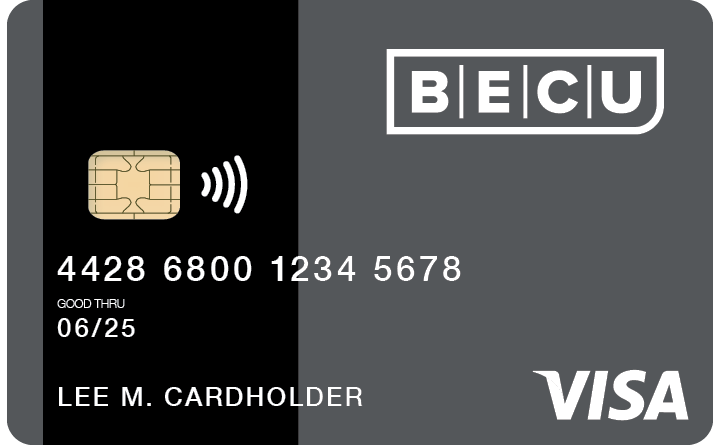


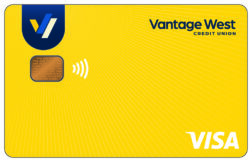







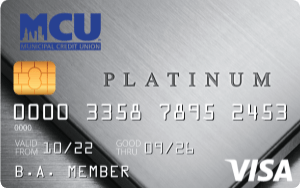
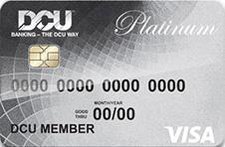
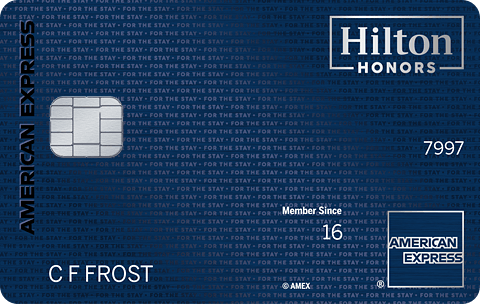
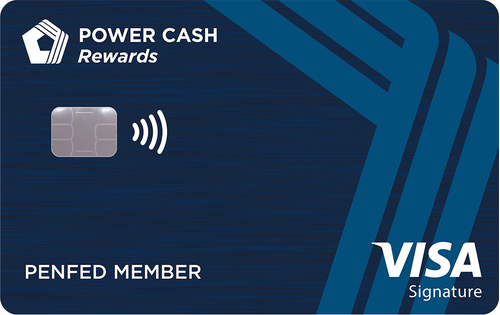

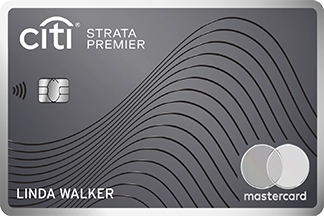
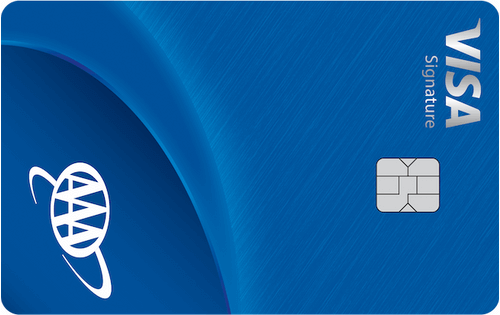
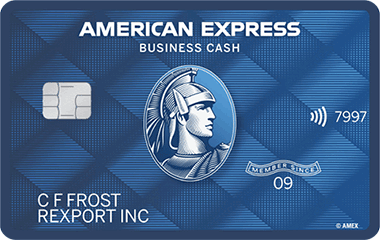
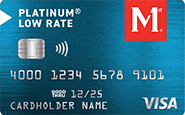
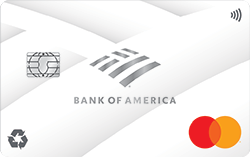


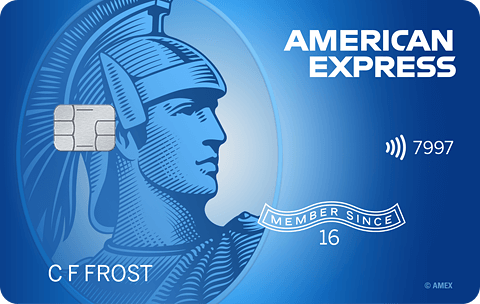




Total revolving limits 568220 (504020 reporting) FICO 8: EQ 689 TU 691 EX 682
- Mark as New
- Bookmark
- Subscribe
- Mute
- Subscribe to RSS Feed
- Permalink
- Report Inappropriate Content
Re: Pay transfer fee to lower util on one c/c?
Do you know how many points away, on a mortgage FICO scale, not a FICO 8 scale, you are from another Mortgage APR level?
You could benefit by bringing the one card to below 50%, but if you are looking for 20 points or more on a Mortgage scale, that's quite a leap.
Are there any negatives on your file?
What are your mortgage scores now?
Oct 2014 $46k on $127k 36% util EQ 722 TU 727 EX 727
April 2018 $18k on $344k 5% util EQ 806 TU 810 EX 812
Jan 2019 $7.6k on $360k EQ 832 TU 839 EX 831
March 2021 $33k on $312k EQ 796 TU 798 EX 801
May 2021 Paid all Installments and Mortgages, one new Mortgage EQ 761 TY 774 EX 777
April 2022 EQ=811 TU=807 EX=805 - TU VS 3.0 765

- Mark as New
- Bookmark
- Subscribe
- Mute
- Subscribe to RSS Feed
- Permalink
- Report Inappropriate Content
Re: Pay transfer fee to lower util on one c/c?
Great points by SJ. Here are my own thoughts.
SJ rightly homes in on this phrase from your post: "If Im looking at refinancing a mortgage...."
What is your timeline for that? Are you hoping to do that in the next month or two? Or do you have 6 months or a year?
At what rate might you be able to pay the CC balance down without the balance transfer? If your timeline is six months and you think you could pay that down to 49% in four months without the BT, then the BT doesn't make a lot of sense.
How many cards do you have? Creating more cards with a positive balance also can cause a score drop, though if you have a lot of cards there is often no impact. Example, consider Bob with two cards and Fred with nine. Both have exactly one card showing a positive balance and are contemplating spreading the balance onto two cards. When Bob does this, 100% of his cards are now showing a balance. He will take a score hit. When Fred does it, < 25% of his cards are showing a balance; he will likely take no score hit at all (for having multiple cards showing a balance).
Finally, do you know what your mortgage scores are right now? If you middle mortgage score is 760 or more, there's no advantage in trying to get it higher, from the perspective of the loan refinance.
Because we lack these pieces of information, it's hard to give you the best advice.
Time line for refinance
Current paydown rate on card
Total number of cards
Total number of cards showing a balance now
Your current scores
You are very possibly taking a score hit for having a card at 70%. In a perfect world, you'd want to not create more cards with balances, but rather continue to pay it down to under 49%. If you have a few other cards showing tiny positive balances (e.g. $50), you will be better served by paying them to $0 first. Your BT idea is worth considering, but only if you can keep the number of $0 balance cards as high as possible.
- Mark as New
- Bookmark
- Subscribe
- Mute
- Subscribe to RSS Feed
- Permalink
- Report Inappropriate Content
Re: Pay transfer fee to lower util on one c/c?
@Anonymous wrote:Great points by SJ. Here are my own thoughts.
SJ rightly homes in on this phrase from your post: "If Im looking at refinancing a mortgage...."
What is your timeline for that? Are you hoping to do that in the next month or two? Or do you have 6 months or a year?
At what rate might you be able to pay the CC balance down without the balance transfer? If your timeline is six months and you think you could pay that down to 49% in four months without the BT, then the BT doesn't make a lot of sense.
How many cards do you have? Creating more cards with a positive balance also can cause a score drop, though if you have a lot of cards there is often no impact. Example, consider Bob with two cards and Fred with nine. Both have exactly one card showing a positive balance and are contemplating spreading the balance onto two cards. When Bob does this, 100% of his cards are now showing a balance. He will take a score hit. When Fred does it, < 25% of his cards are showing a balance; he will likely take no score hit at all (for having multiple cards showing a balance).
Finally, do you know what your mortgage scores are right now? If you middle mortgage score is 760 or more, there's no advantage in trying to get it higher, from the perspective of the loan refinance.
Because we lack these pieces of information, it's hard to give you the best advice.
Time line for refinance
Current paydown rate on card
Total number of cards
Total number of cards showing a balance now
Your current scores
You are very possibly taking a score hit for having a card at 70%. In a perfect world, you'd want to not create more cards with balances, but rather continue to pay it down to under 49%. If you have a few other cards showing tiny positive balances (e.g. $50), you will be better served by paying them to $0 first. Your BT idea is worth considering, but only if you can keep the number of $0 balance cards as high as possible.
^^^To add to CGID's excellent post - if your mid-mortgage score is 760 or more AND you have PMI on your new mortgage loan (for the refi) then there is no advantage to getting it higher. If you don't have PMI - then the score number is 740 and you are in top tier rates. There is no interest rate advantage to you if your score is greater than 740 and you have no PMI. At least according to Fannie and Freddie - a lender can have overlays which require higher scores - but I've never seen it make the top tier higher than 740 for the best interest rates and 760 for the best PMI rates. Ask your LO what their score tiers are for both PMI if applicable and interest rates so you know before you app.